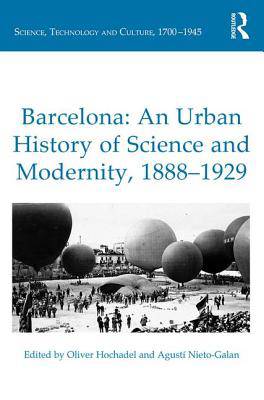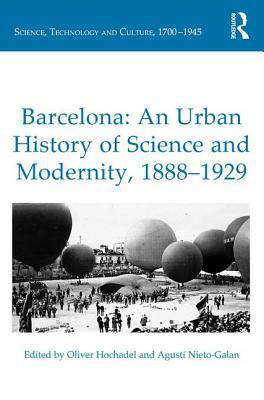
- Afhalen na 1 uur in een winkel met voorraad
- Gratis thuislevering in België vanaf € 30
- Ruim aanbod met 7 miljoen producten
- Afhalen na 1 uur in een winkel met voorraad
- Gratis thuislevering in België vanaf € 30
- Ruim aanbod met 7 miljoen producten
Zoeken
€ 209,45
+ 418 punten
Uitvoering
Omschrijving
The four decades between the two Universal Exhibitions of 1888 and 1929 were formative in the creation of modern Barcelona. Architecture and art blossomed in the work of Antoni Gaudi- and many others. At the same time, social unrest tore the city apart. Topics such as art nouveau and anarchism have attracted the attention of numerous historians. Yet the crucial role of science, technology and medicine in the cultural makeup of the city has been largely ignored. The ten articles of this book recover the richness and complexity of the scientific culture of end of the century Barcelona. The authors explore a broad range of topics: zoological gardens, natural history museums, amusement parks, new medical specialities, the scientific practices of anarchists and spiritists, the medical geography of the urban underworld, early mass media, domestic electricity and astronomical observatories. They pay attention to the agenda of the bourgeois elites but also to hitherto neglected actors: users of electric technologies and radio amateurs, patients in clinics and dispensaries, collectors and visitors of museums, working class audiences of public talks and female mediums. Science, technology and medicine served to exert social control but also to voice social critique. Barcelona: An urban history of science and modernity (1888-1929) shows that the city around 1900 was both a creator and facilitator of knowledge but also a space substantially transformed by the appropriation of this knowledge by its unruly citizens.
Specificaties
Betrokkenen
- Auteur(s):
- Uitgeverij:
Inhoud
- Aantal bladzijden:
- 280
- Taal:
- Engels
- Reeks:
Eigenschappen
- Productcode (EAN):
- 9781472434197
- Verschijningsdatum:
- 26/04/2016
- Uitvoering:
- Hardcover
- Formaat:
- Genaaid
- Afmetingen:
- 156 mm x 233 mm
- Gewicht:
- 679 g

Alleen bij Standaard Boekhandel
+ 418 punten op je klantenkaart van Standaard Boekhandel
Beoordelingen
We publiceren alleen reviews die voldoen aan de voorwaarden voor reviews. Bekijk onze voorwaarden voor reviews.











